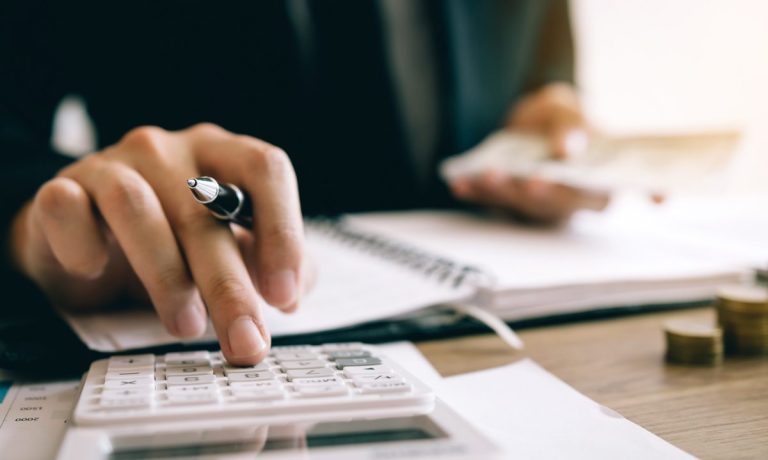Inflation’s Torrid Rise Hammers Lower Income Consumers, Payments Firms Dependent on Them

The latest inflation data, showing a relentless rise, does not bode well for lower income consumers.
And the data, by extension, signal tough times ahead for the payments companies, and merchants, that were already sounding alarms over consumer spending as recently as last earnings season.
On Tuesday (April 12), the Bureau of Labor Statistics reported that inflation hit a new, 40-year high, surging 8.5% in February.
Many analysts tend to strip out gas and food prices, which are volatile — which brings the pace of inflation down a bit to about 6.5%.
But, as we know, food and gas and shelter are the mainstay expenses for all families and individuals. As for housing, rental rates are up more than 20% year on year, given a boost in part by rents climbing 4.2% year on year.
The Federal Reserve, of course, is poised to push interests higher in an attempt to cool down the economy.
We’re spending more to get less in return, and that scenario hurts everyone.
Recent PYMNTS data show that an increasing number of consumers are living paycheck to paycheck, across all demographics. To get a sense of how pervasive that mode of living has become, consider the fact that 50% of consumers earning more than $50,000 annually reported living paycheck to paycheck in February, up from 48% in the previous month.
On the other end of the spectrum, the paycheck-to-paycheck “share” of those earning less than $50,000 jumped to 80% from 77% in that same time frame. There’s a slight bit of good news here in the latest data, which show that, in the middle, consumers earning $50,000 to $100,000 living paycheck to paycheck dropped to 65% in February from 67% in January (that’s still a majority, however).
Read more: 50% of Consumers Earning $100K Now Living Paycheck to Paycheck
The savings “cushion” that had been amassed during the pandemic may not be enough to keep consumer spending chugging along. For those making $100K but having difficulty meeting expense obligations, average savings stand at a bit more than $11,000. For the paycheck-to-paycheck consumer who makes $50,000 or less, savings stand at $788. The pandemic-era stimulus payments and tax breaks are largely in the rearview mirror, which means that padding those cushions up again will be no easy task, given the fact that more take-home pay is being ear-marked for everyday expenses.
Personal Consumption Pullback
We’re headed into a new round of earnings reports, and management commentary will help shed light on who’s spending what — or where they’re pulling back. Last go-round, PayPal CFO John Rainey said that there’s been a marked “pullback in spending by lower income consumers.” Inflation, overall, is hitting personal consumption. Bank earnings scheduled for this week should give an illumination of debit vs. credit trends, and what people (and businesses) are doing with the cash that they have on reserve.
We note that consumer spending is not just a function of what’s paid today, but expectations, too, of what prices will look like over the near term. The most recent University of Michigan data at the end of last month found that consumer sentiment is at a decade-long low, down 5.4% from the previous month. Caution spurs spending pullbacks, and spending pullbacks hit payment firms, too.